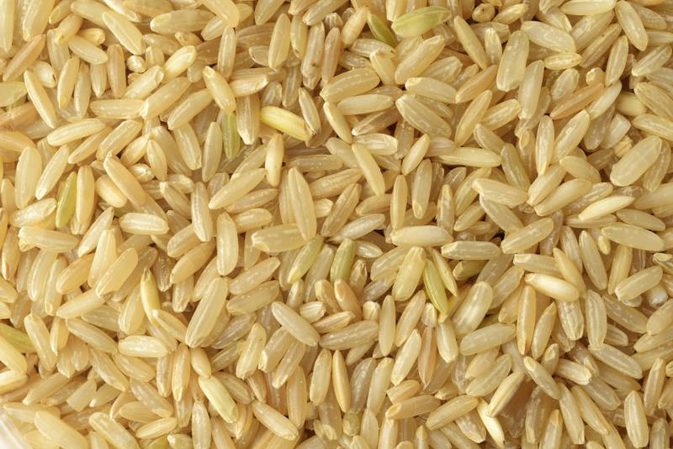
Share On Social!
Most people know that what you eat affects your health. Too much sugar, salt, or fat in a person’s diet can raise their risk for certain diseases.
And, for the most part, we all try our best to eat better. Eating healthier can lower the risk for heart disease, stroke, diabetes, and other health conditions.
In many Latino neighborhoods, fast food and corner stores often outnumber and are used more than supermarkets and farmers’ markets, resulting in inadequate consumption of healthy foods and overconsumption of unhealthy foods.
According to the National Institutes of Health, a healthy eating plan focuses on vegetables, fruits, whole grains, and fat-free or low-fat dairy products; it also includes eating lean meats, poultry, fish, beans, eggs, and nuts, and limits saturated and trans fats, sodium, and added sugars.
All of this leads to the question: what about rice?
Rice – technically a seed – is a staple food for many cultures across the globe. But, is it healthy for you?
Well, according to a story by CNN, it basically depends on the kind of rice you choose.
White rice is considered “nutritionally inferior.” Since it has been refined, its bran and germ are removed during the milling process and that strips it of B vitamins, iron, and fiber.
Brown rice is basically the same as white rice, but it is considered a “whole grain” as only the inedible outer husk has been removed. Brown rice retains its germ and bran and is a better source of antioxidants, vitamin E, and fiber.
Wild rice, the seed of a water grass, has only slightly more protein than brown rice. However, several studies have revealed that wild rice offers unique health properties not found in other varieties. For example, there are specific antioxidant and cholesterol-lowering properties in wild rice.
Brown rice though is not without its own added benefits. Research suggests that part of the grain known as the subaleurone layer, only found in brown rice, could offer “protection” against high blood pressure and atherosclerosis.
Another study revealed that substituting brown rice for white rice may lower the risk of type 2 diabetes.
When shopping for rice, be mindful of what is in packaged products at the grocery store as many have added sodium to them.
You can read more about this story here.
By The Numbers
1
Supermarket
for every Latino neighborhood, compared to 3 for every non-Latino neighborhood



